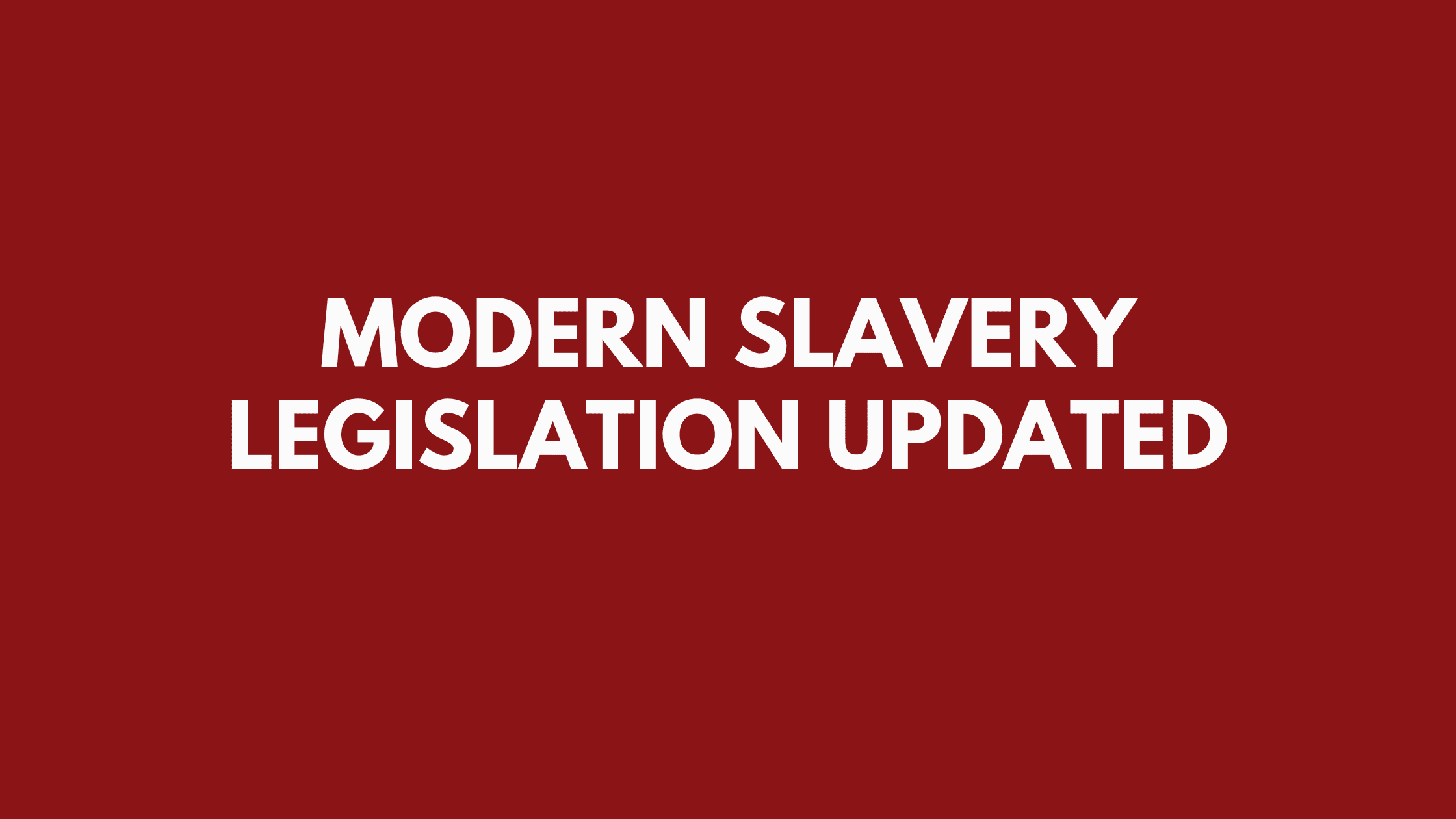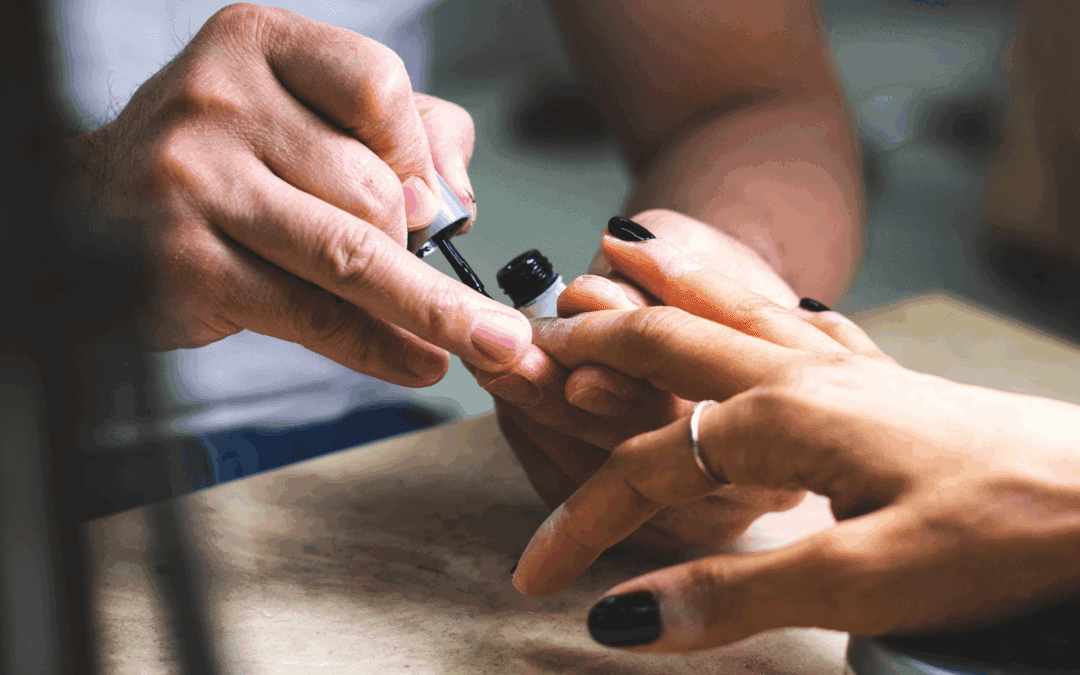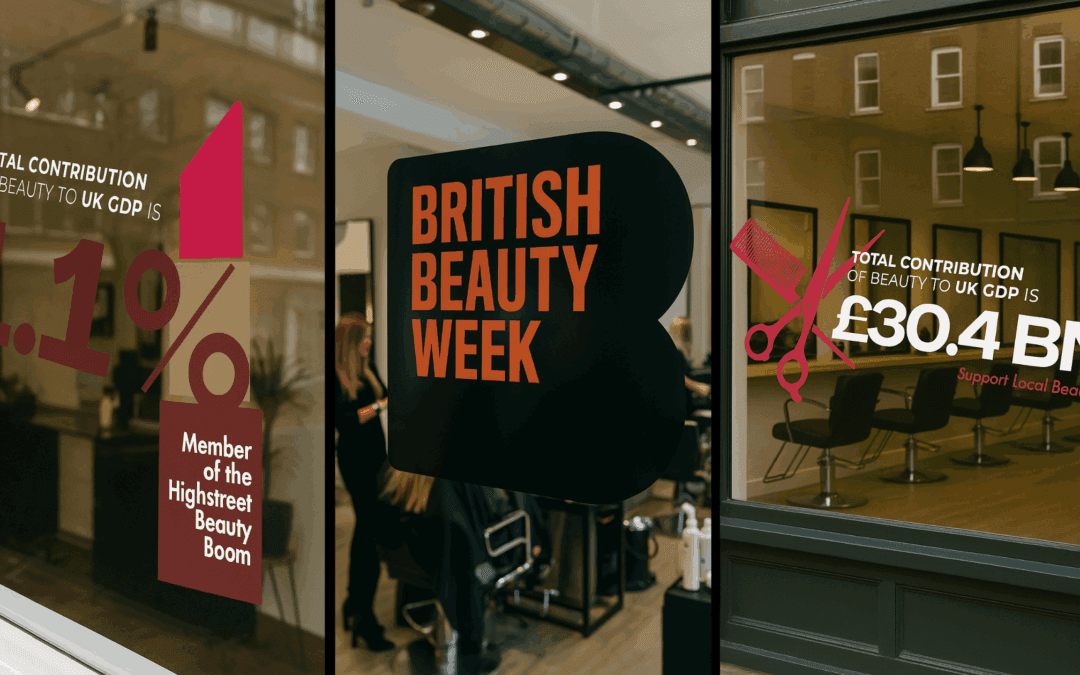The Government has published updated guidance on modern slavery transparency in supply chains, here’s why it matters for beauty
First, the updated guidance encourages all businesses – including smaller businesses – to conduct modern slavery assessments, especially relating to their supply chains. But, what does modern slavery look like?
In the most extreme cases, poor working conditions can constitute modern slavery. Any type of forced labour that involves coercion, deception, threat, or other violence can be classed as modern slavery.
When it comes to the beauty industry, modern slavery has, sadly, sometimes been associated some of our professional services, which often rely on casual, or freelance workers – who may not get the same rights as other employees.
The government’s updated guidance includes:
- An expectation that smaller organisations also consider producing modern slavery statements – even if they are not legally required to do so.
- An expectation that businesses do everything they can to drive positive changes to workers’ conditions.
- A requirement that businesses do not rely upon audits alone – workers’ voice groups, worker representatives, and trade unions should also be consulted.
- Year on year improvement on tackling modern slavery is expected. Businesses should therefore maintain good records of previous modern slavery statements.
Beauty businesses also often rely heavily upon their supply chains. Everything from packaging, to ingredients, to recycling and refilling facilities could be affected by the updated guidance.
Whilst your business may not directly employ the people who create its packaging, or produce the ingredients that it uses, the guidance makes it clear that all businesses should take steps wherever possible to reduce instances of modern slavery.
But, how can you spot modern slavery in your supply chain? The government signposts to a number of useful resources:
- The Responsible Sourcing Tool – although US-based, this is a good resource for conducting desk-based research.
- ILO Indicators of Forced Labour – the International Labour Office has created a resource outlining key consequences of modern slavery and what they look like.
- Global Rights Index – Each year, the International Trade Union Confederation publishes this short report uncovering countries where modern slavery is most likely to take place.
It’s important to remember that eliminating modern slavery is beneficial to all businesses – whether in scope of the guidance or not.
The consequences of forced labour for businesses include – amongst other things – financial sanctions, reputational damage, and low productivity. More importantly, the consequences for workers include physical and psychological violence, unpayable debts, injury and illness, post-traumatic stress disorder, and human rights violations.
To read more about forced labour and the beauty industry, click here to read our article on the ‘gig’ economy and how it could affect beauty businesses.
To learn more about practical steps on eliminating modern slavery in supply chains and to read the guidance in full, click here.




